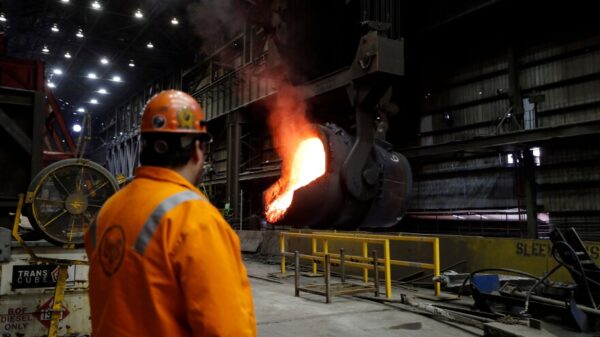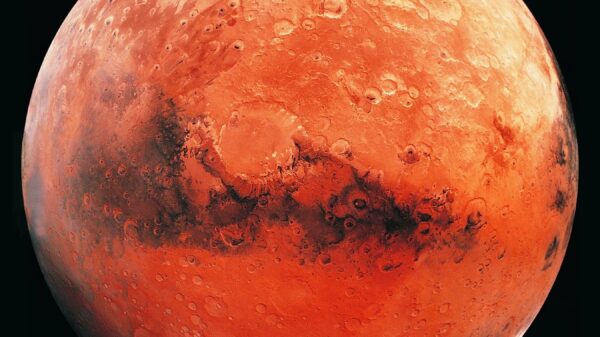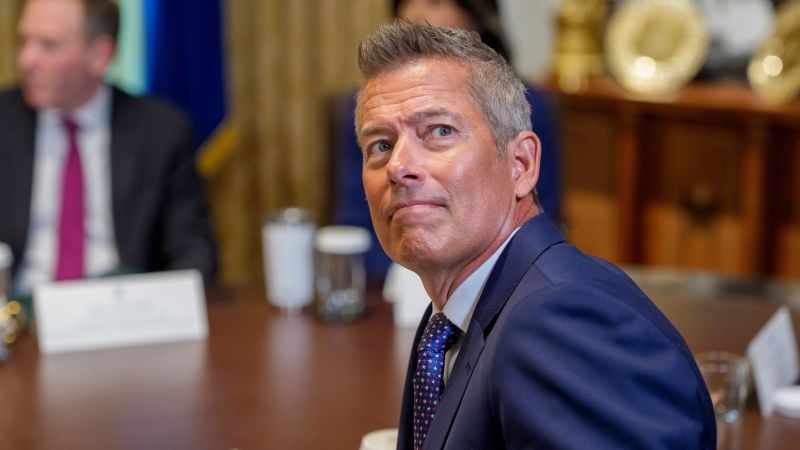President Donald Trump has announced that Transportation Secretary Sean Duffy will temporarily lead NASA as its interim administrator. This decision was made public on Wednesday, as Trump praised Duffy’s accomplishments in the transportation sector and expressed confidence in his ability to steer the space agency, even if only for a short period.
“Sean is doing a TREMENDOUS job in handling our Country’s Transportation Affairs, including creating a state-of-the-art Air Traffic Control systems, while at the same time rebuilding our roads and bridges, making them efficient, and beautiful, again. He will be a fantastic leader of the ever more important Space Agency, even if only for a short period of time. Congratulations, and thank you, Sean,” Trump wrote in a post on Truth Social.
Shortly after the announcement, Duffy responded on X, writing, “Honored to accept this mission. Time to take over space. Let’s launch.”
Background on the NASA Leadership Change
This leadership transition follows the recent withdrawal of tech billionaire Jared Isaacman’s nomination to lead NASA. The decision to rescind Isaacman’s nomination came after a “thorough review of prior associations,” as stated by the president. The move occurred just days before the Senate was set to vote on Isaacman, who is known for his private space missions and connections with SpaceX CEO Elon Musk.
“After a thorough review of prior associations, I am hereby withdrawing the nomination of Jared Isaacman to head NASA. I will soon announce a new Nominee who will be Mission aligned, and put America First in Space,” Trump declared earlier.
Challenges for the Interim NASA Administrator
Leading NASA, a $25 billion agency, is no small feat. The role typically requires a leader with a background in science, engineering, academia, or public service. The administrator must navigate complex projects and secure funding by working collaboratively with lawmakers from both political parties.
According to sources, the president’s decision to withdraw Isaacman’s nomination was influenced by concerns over Isaacman’s close relationship with Musk. Trump expressed that it would be “inappropriate that a very close friend of Elon … run NASA.” This sentiment was echoed in a social media post where Trump criticized the potential conflict of interest, given Musk’s significant involvement in the space industry.
Political Dynamics and Cabinet Roles
The relationship between Trump and Musk has reportedly soured in recent weeks, following disagreements over Trump’s policy agenda. Musk, who previously served as head of the Department of Government Efficiency, left the administration in early June.
Sean Duffy’s appointment as interim NASA administrator is not an isolated instance of Cabinet members taking on additional roles. Secretary of State Marco Rubio is currently serving as both interim national security adviser and national archivist, demonstrating a pattern of cross-functional responsibilities within the administration.
Implications and Future Prospects
Duffy’s temporary leadership at NASA comes at a critical time for the agency, which is involved in numerous high-stakes projects, including the Artemis program aimed at returning humans to the Moon. His ability to manage NASA’s complex agenda will be closely watched by both the scientific community and lawmakers.
As the administration prepares to nominate a permanent NASA head, the focus will likely be on finding a candidate who aligns with Trump’s vision for American space exploration. The next steps will involve careful consideration of candidates who can effectively lead NASA’s ambitious initiatives while maintaining bipartisan support.
With Duffy at the helm, albeit temporarily, the space agency is poised to continue its mission-critical operations, ensuring that America’s presence in space remains robust and forward-looking.




































































